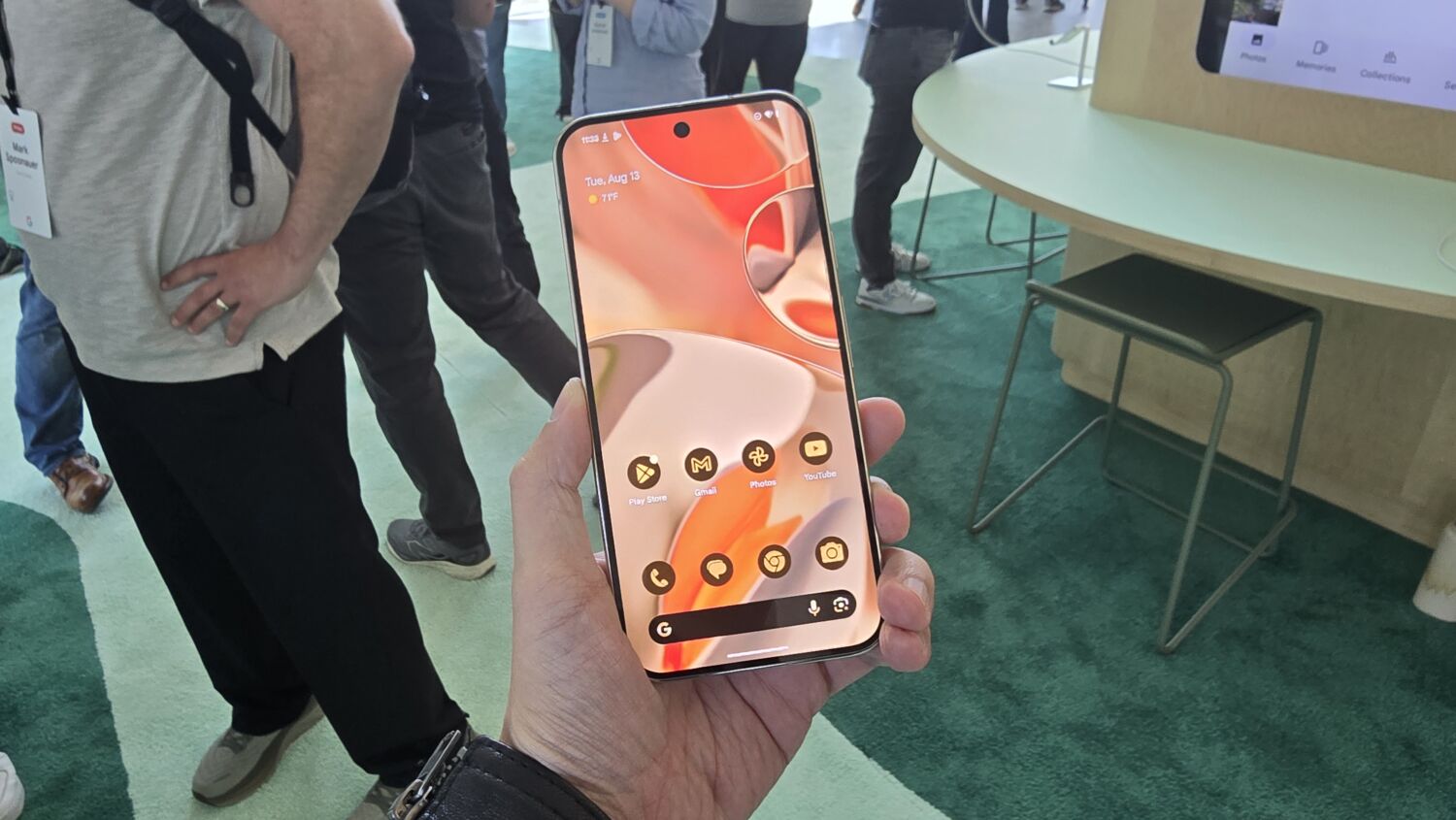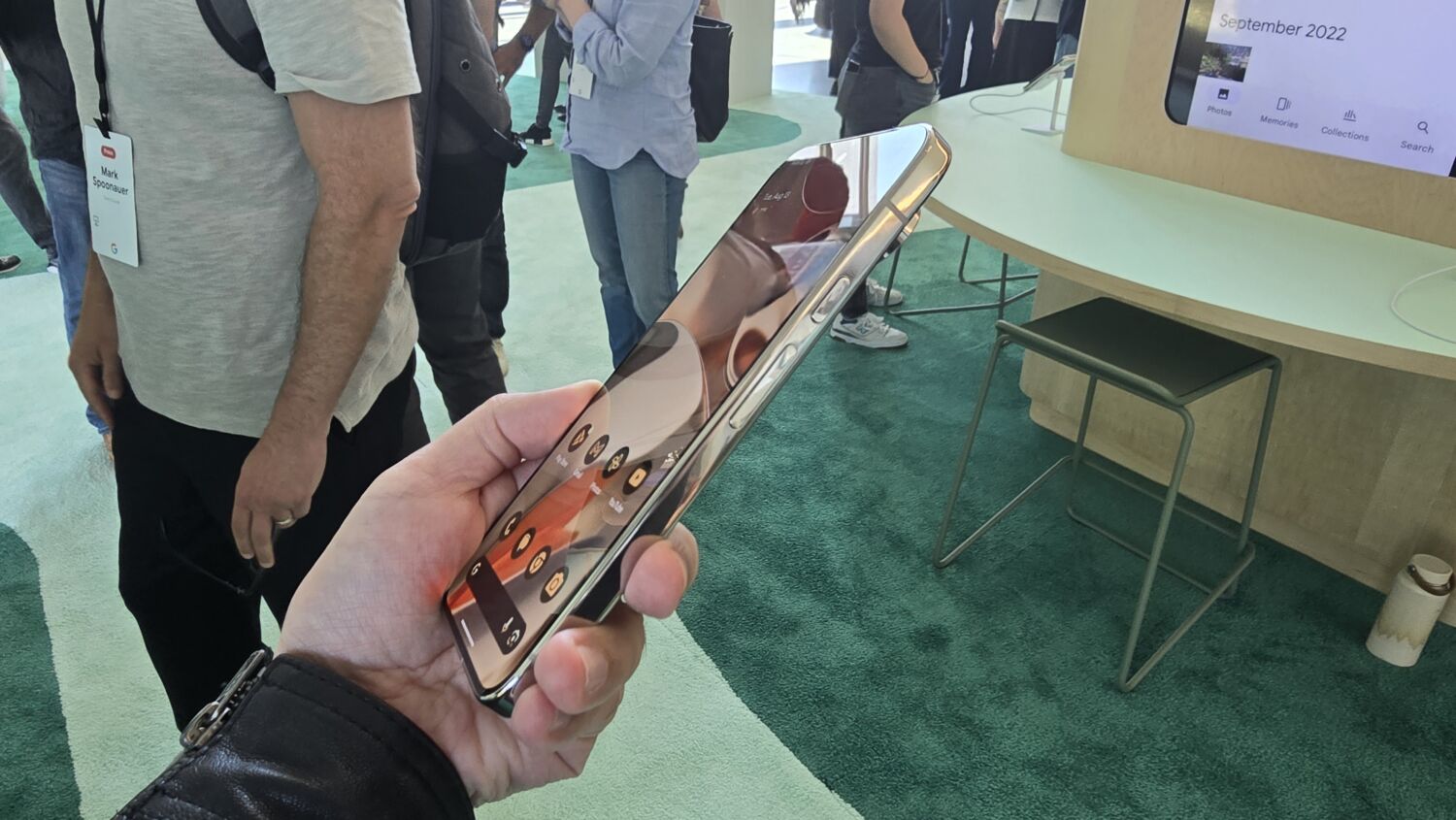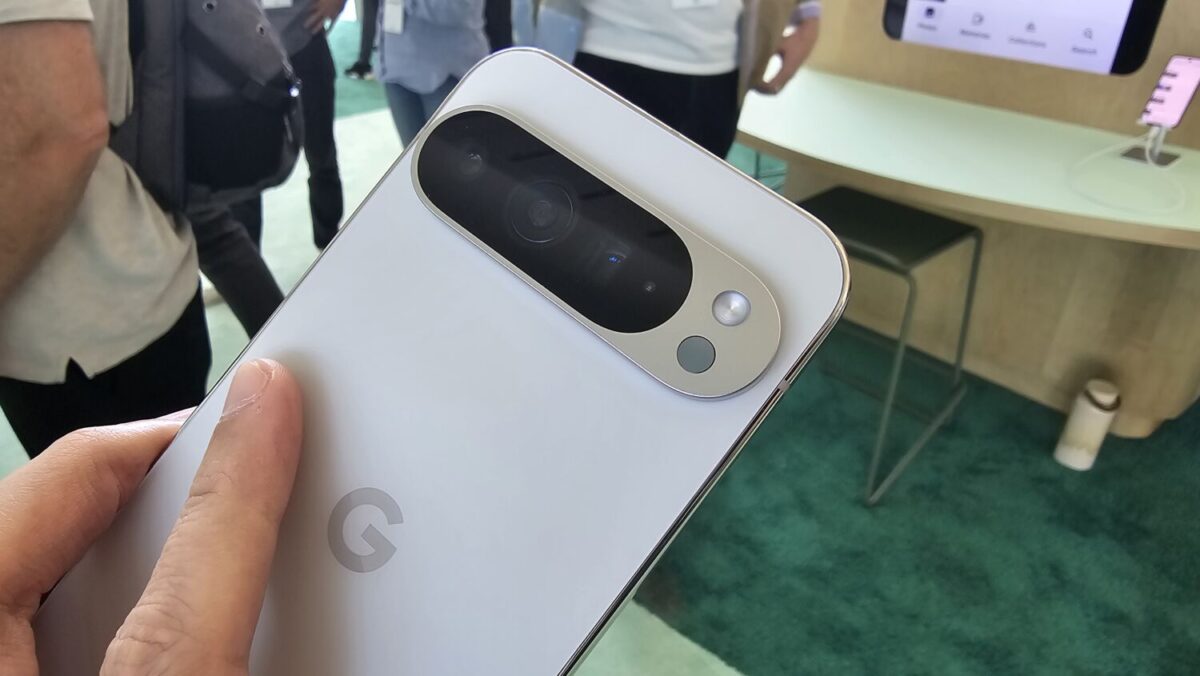Over the past year, the influence of artificial intelligence (AI) has certainly grown stronger. It’s all too common – the norm, in fact – for industry giants to embrace and build on the rapidly-evolving tech, touting improved hardware capabilities, increased day-to-day convenience, and more.

With the Google Pixel 9 series, the big G looks to elevate its smartphone prowess by a notch or two. The company’s latest smartphone range now runs its proprietary Tensor G4 chip, designed to boost performance of everyday use cases like opening apps or web browsing. It also sports 12GB of RAM on the base model, alongside an AI-powered feature to understand text, images, and audio.
Measuring 72 x 152.8 x 8.5mm and tipping the scales at 198 grams, the Google Pixel 9 is similar to the build of its predecessor (70.8 x 150.5 x 8.9mm and 187 grams, respectively). The device adopts a silky matte finish and a polished glass back, as well as a 6.3-inch OLED display that delivers a 2,424 x 1,080 resolution and a refresh rate of 60 to 120Hz. Viewing content in outdoor settings won’t be a concern either, as the screen is 35 percent brighter than the Pixel 8, topping out at 2,700 nits.
Camera wise, users can expect a 50-megapixel (MP) wide camera with Super Res Zoom up to 8x, a 48MP ultra-wide shooter, and a 10.5MP selfie camera. Like most flagship models, the phone includes AI-powered editing tools like Add Me, which ensures nobody is left out of a photo by merging two images, one with the subject and one without; Best Take, which detects the best moment and expression; and Magic Editor, which can automatically reframe a photo, suggest the best crop, and expand the image to get more of the scene.

Elsewhere, AI continues to work its magic. Gemini Live, Google’s version of a personal AI assistant, comes in handy for parsing multiple large documents, summarising content, and planning or researching, while Pixel Screenshots allows information to be quickly saved by taking a screenshot.
All of these features are also present on the Google Pixel 9 Pro and Pro XL, which pack more photography and display oomph. In a first for the family, there will be two upsized options available, with the former touting a 6.3-inch LTPO OLED panel, a 1,280 x 2,856 resolution, a 120Hz refresh rate, and a peak brightness of 3,000 nits. It weighs 199 grams, and comes in at 72 x 152.8 x 8.5mm, versus 221 grams and 76.6 x 162.8 x 8.5mm for the Pro XL.
Additionally, the device offers a 6.8-inch LTPO OLED display, a 1,344 x 2,992 resolution, as well as the same 120Hz refresh rate and 3,000-nit peak brightness. Both models share identical specs, from 16GB of RAM and of course, a Tensor G4 chip, to a triple rear camera setup.

Building on the base configuration, the Google Pixel 9 Pro and Pro XL boasts a 50MP wide camera, a 48MP ultra-wide camera, a 48MP telephoto shooter, and a 42MP selfie camera – marking the most powerful configuration in the lineup to date. The entire range promises seven years of OS, Pixel Drops, and security updates, on top of a 4,700 mAh battery for the base and Pro iterations, and 5,060 mAh for the Pro XL.
The Google Pixel 9 and Pixel 9 Pro XL are now available for pre-order, and will hit shelves starting 22 August. Meanwhile, the Pixel 9 Pro will launch sometime in September, with local pricing and availability for all three devices as follows:
| Model | Colours | Price |
| Google Pixel 9 | Obsidian Porcelain Wintergreen Peony | From S$1,199 (12GB RAM + 128GB ROM) |
| Google Pixel 9 Pro (available from September) | Obsidian Porcelain Hazel Rose Quartz | From S$1,459 (16GB RAM + 128GB ROM) |
| Google Pixel 9 Pro XL | Obsidian Porcelain Hazel Rose Quartz | From S$1,599 (16GB RAM + 128GB ROM) |











